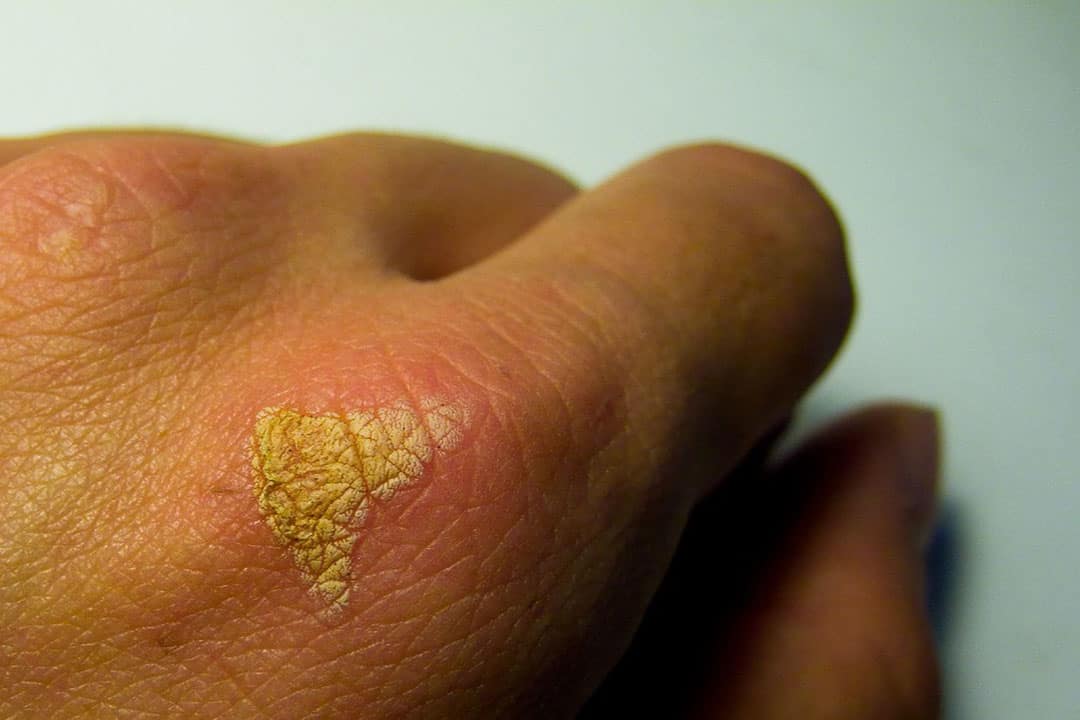Do you recall a time when you were young, maybe around 10 years old, and you wanted to see how hot the stove was, so you touched it? Or the first time you tried to straighten your hair for the school dance and accidentally burned your ear?
We’ve all been there. However, we often downplay the importance of these injuries. Many of us think that proper treatment involves massaging the burn a few times, while others run cold water over the burn for less than 30 seconds and continue with their day.
What you may not realize is that burns are one of the most commonly ignored injuries, with the most severe consequences to our health.
“An estimated 180,000 deaths every year are caused by burns — the vast majority occur in low- and middle- income countries,” according to the World Health Organization.
A University of Toronto-affiliated review summarized the different types of burns and relevant treatment methods.
What do we know about burns?
Burn injuries can be caused by radiation, heat, cold, friction, and electrical or chemical sources, with the most common source being heat. These injuries lead to instantaneous tissue destruction, accompanied by metabolic changes, immune and inflammatory responses, and distributive shock throughout the body.
The impact of the shock can often be overlooked, which can potentially cause multiple organ failures and even death. The assumption is that, once the burn is healed, the injury is resolved. However, burns can lead to long-term changes in quality of life and mental health.
Let’s break down the four degrees of burn injuries categorized by severity, which is defined by the size and depth of the wound.
A first-degree burn is a superficial burn with temporary pain, and some redness. It does not penetrate below the uppermost layer of the skin, called the epidermis.
Second-degree burns are broken down into two categories. The first type is a superficial partial-thickness burn which requires wound care and dressing; they can be quite painful, but do not require any type of surgery. The second is a deep partial-thickness burn. Interestingly, this type of burn is less painful than the superficial partial-thickness burn due to its destruction of the pain receptors. This type of burn will most likely require surgery. Both of these types of burns will scar; however, a superficial partial-thickness burn can heal with a minor scar or maybe even no scar in some cases.
A third-degree burn is a full thickness burn that penetrates the entire dermis, or skin, destroys pain receptors, and has a strong likelihood of becoming infected if not treated quickly. This type of burn is less painful than a second-degree burn due to the destruction of the receptors. In most cases, treatment for it requires surgery unless the impacted area is very small.
Finally, a fourth-degree burn is a type of burn that we do not hear about often. It goes past the dermis and affects the underlying muscle or bone. This deep burn can lead to loss of the burned part due to lack of blood flow and excessive damage of the sensory and pain receptors. The flesh can become black due to the burn.
What can you do in the event of a burn?
The first step in cases of burns is to determine the cause of the burn in order to remove the person from the source, as long as it is safe for you to do so, according to the co-authors. If the source is electrical, ensure the source of the burn is off and no longer active. If chemical, you need to contact your local poison control centre to receive further steps to mitigate your risk.
You then need to flush the site of the injury with cold water to prevent further destruction of the skin. Do not use ice, according to the co-authors, as it can cause further damage to the flesh due to frostbite. Avoid applying home remedies such as toothpaste, lemon, butter, or hydrogen peroxide ointments, which the co-authors note can further worsen tissue damage.
It is always important to contact emergency services in the event of a burn that feels uncontrolled, or greater than a first-degree burn.
Further education on burns
There are many measures that can be taken to mitigate the risk of a burn injury. A large part of burn safety involves education.
Dr. Mark Jeschke, the lead author and a physician at U of T’s Institute of Medical Science, explained to The Varsity that education on proper treatment is important, as trauma and burns “really [affect] lives for a long time.”
Methods of prevention include teaching burn safety, which involves advising people to use smoke alarms, have an escape plan from a house, and never leaving a stove unattended, according to the Centers for Disease Control and Prevention.
Prevention methods also include testing bath water for temperature before entering and anchoring ovens and stoves to walls to prevent tipping.


